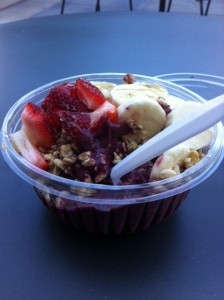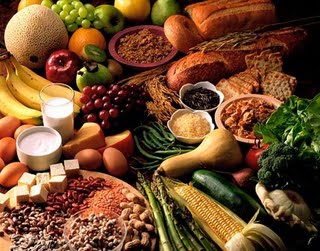 There’s a quote that I love from a famous Italian-French film star in the 1960s named Sofia Loren. Famous for her talent and good looks alike, Loren once commented on her appearance by saying:
There’s a quote that I love from a famous Italian-French film star in the 1960s named Sofia Loren. Famous for her talent and good looks alike, Loren once commented on her appearance by saying:
Everything you see I owe to spaghetti.
For most Americans, the word pasta is a synonym for fattening. But is there any truth to this notion - or are we missing the point all together?
The popular theory goes something like this: Pasta is really just carbohydrates. When we eat carbohydrates, they turn into sugar and get stored as fat.
The reality is a bit different. When we consume more calories than we burn, those excess calories are stored as fat. You can get fat from eating too many calories of any food, be it pasta or even spinach. Carbohydrates and protein both contain 4 calories per gram, compared to 7 calories per gram of alcohol and 9 calories per gram of fat. Relatively speaking, pasta isn’t particularly calorie dense.
We also know that pasta is a staple of the Italian diet. According to the National Pasta Association, the average Italian eats 51 pounds of pasta per year. North Americans, on the other hand, eat an average of 15 pounds annually. And yet, the obesity rate in Italy is just 10% compared to 32% in the United States. Obviously, there are other variables to consider - but one can’t but wonder if our pastaphobia is misguided.
A lot of it comes down to serving sizes. It’s worth noting that a serving of pasta is just 2 ounces. Depending on the pasta shape and configuration, that’s about 1/2 cooked cup of pasta. For Americans that are accustomed to consuming mountains of pasta, this might not seem like much. But remember that you can add pasta to a base of cooked vegetables, beans or even chicken. It’s helpful to think of pasta as an ingredient - and not the meal itself.
Americans also tend to load pasta with unhealthy, calorie-dense sauces. Instead, opt for a tomato-based sauce without added sugars. You’ll immediately and dramatically reduce your caloric intake.
And as I’ve mentioned before, carbohydrates get a bad rap of which they’re undeserving. Carbohydrates help ensure proper bodily function and improved results at the gym. Low carb diets are often associated with low energy levels, fatigue, weakness, headache and/or bowel issues. Rather than avoiding carbs altogether, one can eliminate the blood sugar spike associated with simple carbohydrates by favoring whole wheat pasta over traditional pasta.
At the end of the day, blaming pasta for our burgeoning waistlines misses the point; portion size and preparation methods are a more important consideration.
P.S. Losing weight is about more than counting calories and moving more. It’s also about transforming the relationship that you have with your body. For the last program that you’ll ever need, download The Davey Wavey Weight Loss Program.







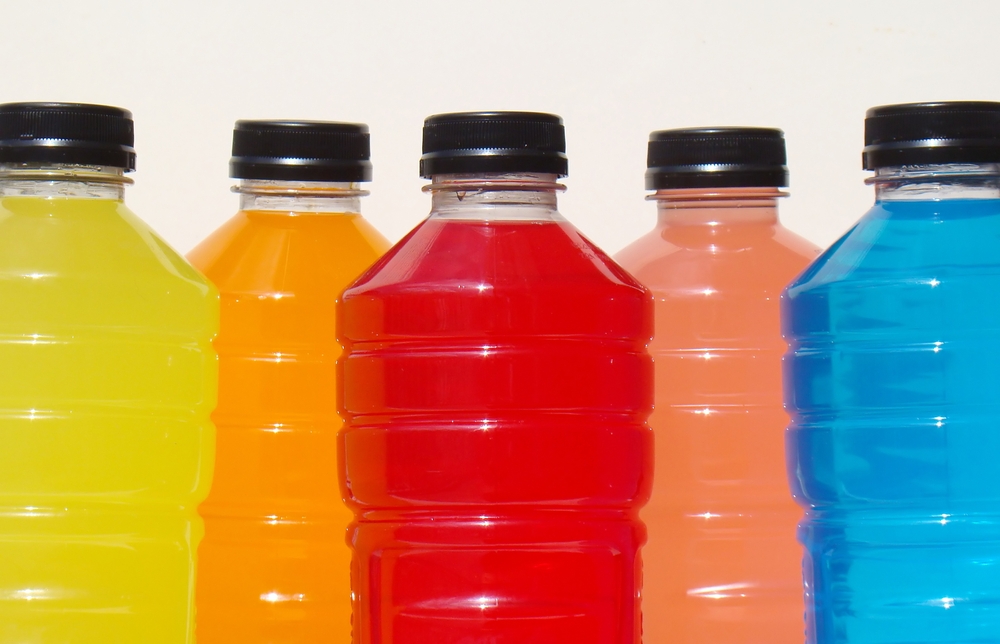

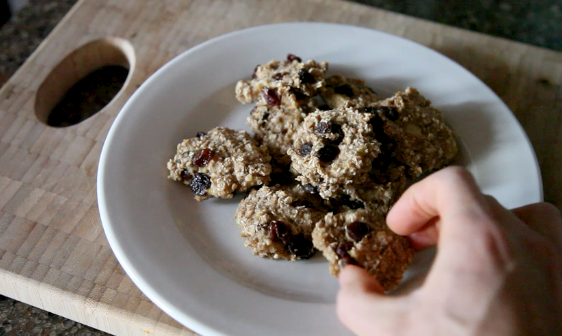
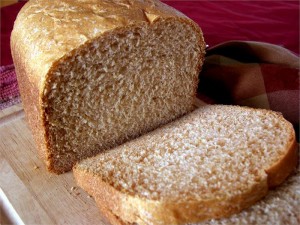

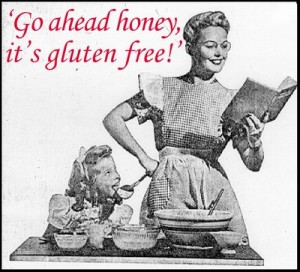 The other day, I couldn’t help but roll my eyes when I saw a tub of ice cream advertised as gluten-free. Labeling a product as gluten-free has become an increasingly popular trend - and savvy marketers are hoping that consumers will believe that gluten-free products are healthier. They’re not.
The other day, I couldn’t help but roll my eyes when I saw a tub of ice cream advertised as gluten-free. Labeling a product as gluten-free has become an increasingly popular trend - and savvy marketers are hoping that consumers will believe that gluten-free products are healthier. They’re not.